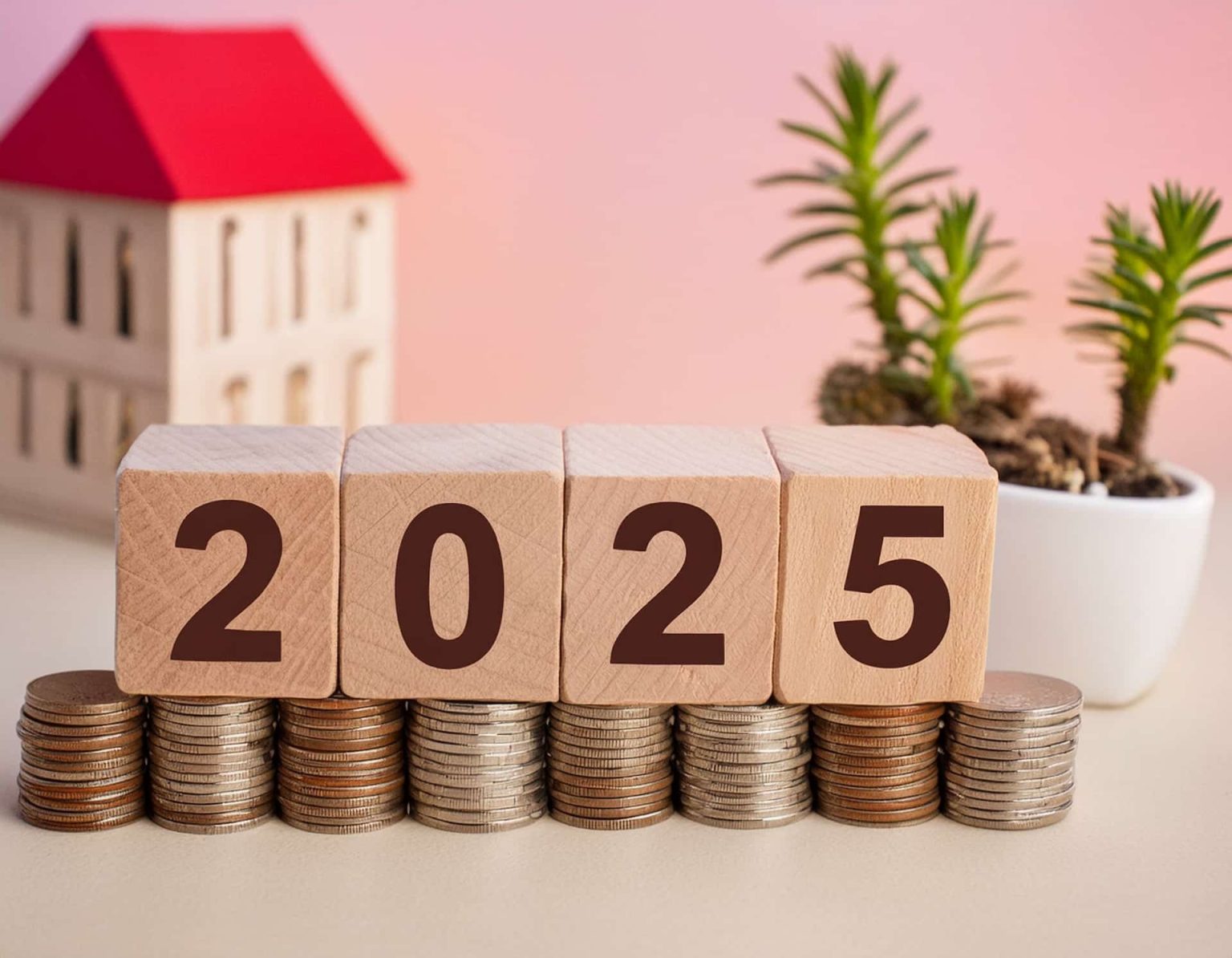Credit Sesame discusses consumer credit trends for 2025 and steps consumers can take to stay on top of their finances in the coming year.
In 2025, several trends in consumer credit are expected to impact how Americans borrow and manage debt. From rising interest rates to the growth of alternative financing, understanding these trends can help consumers navigate the evolving financial landscape.
High-interest rates persist
The Federal Reserve’s policies to combat inflation suggest that interest rates will likely remain elevated into 2025, even as rate cuts are expected. High interest rates affect variable-rate loans, such as credit cards and home equity lines of credit (HELOCs). Personal loans are generally fixed-rate, but borrowers may still see rates change as lenders adjust their offerings in response to overall market conditions.
Borrowers may need to adjust by focusing on reducing high-interest debt and managing their credit wisely.
Rising credit card debt
Credit card balances in the U.S. have already surpassed $1 trillion and may grow further into 2025 as families deal with existing balances and repayments. Credit cards typically carry high interest rates, especially for consumers with lower credit scores. Rising credit card debt could contribute to long-term financial instability if not managed carefully.
It’s crucial to stay on top of credit card payments and consider consolidating high-interest debt into a lower-rate loan if possible.
Growth of Buy Now, Pay Later services
Buy Now, Pay Later (BNPL) services continue to gain popularity as a way to make purchases more affordable. However, BNPL services can lead to overspending, as they allow consumers to delay payments without fully understanding the risks involved. If payments are missed, late fees can accrue, and some BNPL providers report payment activity to credit bureaus, potentially affecting your credit score.
Use BNPL responsibly, ensuring you can meet the repayment schedule to avoid penalties and negative credit impacts.
Homeownership affordability still a challenge
High mortgage rates continue to put homeownership out of reach for many Americans. As of late 2024, the average 30-year fixed mortgage rate remains around 7%, a significant increase from previous years. Many prospective homebuyers struggle to keep up with the rising costs of buying a home and servicing debt.
Prospective homebuyers would be wise to focus on improving their credit score and saving for a larger down payment to offset higher borrowing costs.
Increased focus on financial literacy
Financial literacy continues to gain importance, especially as Americans face more complex financial products. More states are adopting financial education requirements in schools, and organizations are working to provide resources for adults. Financial literacy is important in managing credit and debt effectively, helping individuals make informed decisions that protect their financial health.
Preparing for 2025
Manage your finances as these credit trends unfold:
- Monitor your credit regularly
- Pay off high-interest debt
- Budget wisely
- Use financial tools and education
By understanding consumer credit trends for 2025 and taking proactive steps, you can stay on top of your financial health in 2025 and beyond.
If you enjoyed U.S. consumer credit trends for 2025 you may like,
Disclaimer: The article and information provided here are for informational purposes only and are not intended as a substitute for professional advice.
Read the full article here










